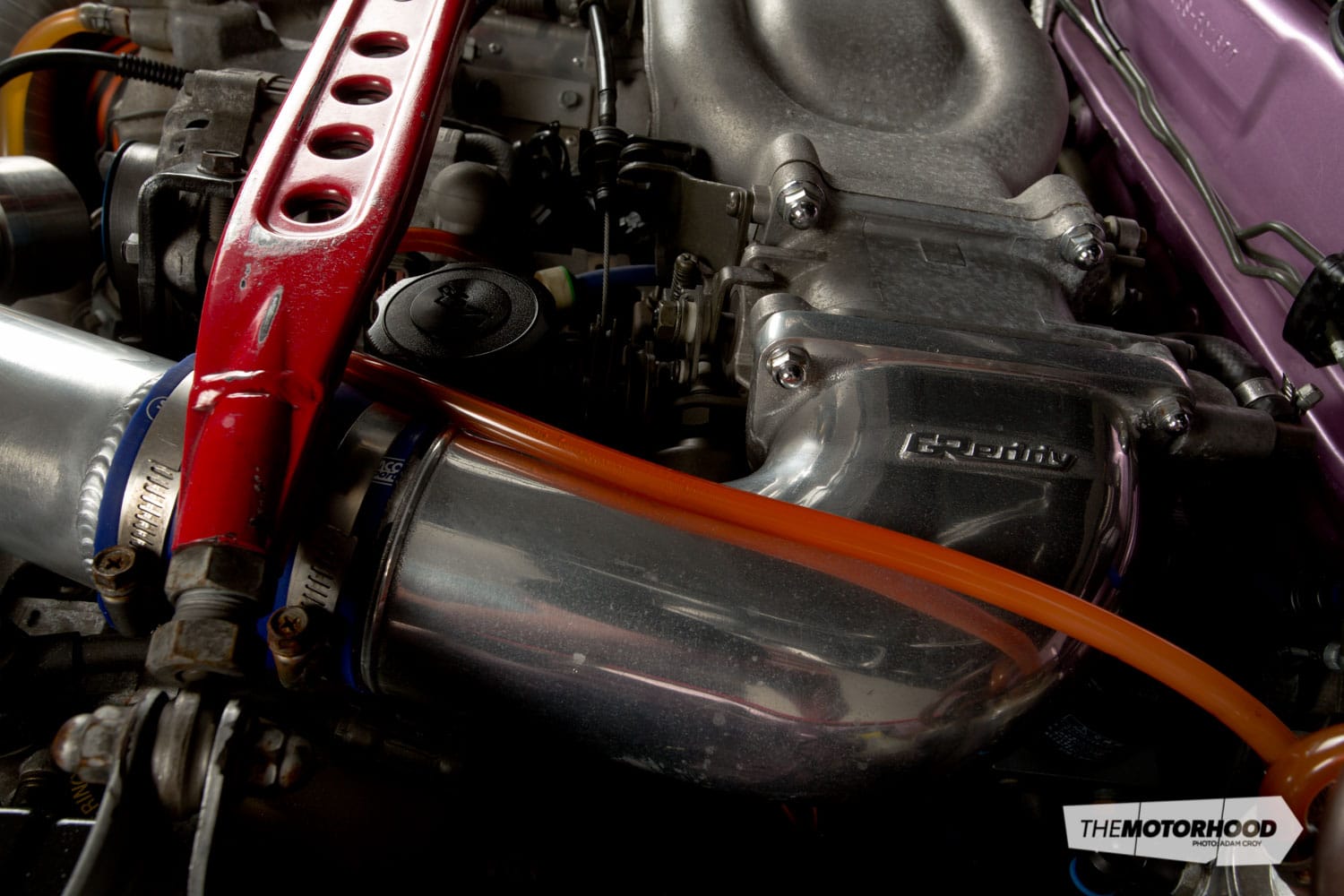When we caught wind of a Time Attack–specific Mazda RX-7 hitting our shores, we had to find out more.
If there’s one form of racing that gets me excited, it’s time attack. Ever since I picked up my first Japanese-based car magazine as a young teenager, I instantly took to the over-boosted, crazy-aero, wide-slicked machines, and I have followed the sport’s progression since.

The cars have changed somewhat since the early 2000s too; tube framing, 1000hp, and carbon-fibre bodies weren’t all too common, as tuners throughout Japan weren’t quite at that level yet. Instead, the time attack cars of old were more or less stock-bodied, with a wing much larger than factory, some canards, and a large single HKS, or Trust turbo. When Leon Scott of NZ Motorsport Imports phoned me and told me about something he had just purchased in Japan, it took me straight back to that golden era.
After a two-month negotiation with a very stubborn owner, Leon managed to purchase this red, widebody 1995 Mazda RX-7 FD, which came with a parts list that would make any fanboy weak at the knees.
“This RX-7 is not your normal road-going example with a few modifications to look like a race car, this is the real deal,” Leon explained. “This RX-7 has been extensively modified for circuit use and has been used in Japan for time attack duties, and is no stranger to Tsukuba.”
Now, I was weak at the knees …

If you’re an RX-7 fan, you’d probably noticed by now that this example is much wider than factory. This is thanks to the extremely rare (and extremely expensive — NZD$9000) genuine 2005 R-Magic widebody kit. The kit is complemented beautifully with the carbon-fibre canards (front and rear), carbon-fibre bonnet, Ganador mirrors, Ganador headlight kit, and complete carbon-fibre undertray with diffuser.

The carbon-fibre front splitter sits a good 150mm out from the bumper, just adding to the aggression of the RX-7’s face. The rear wing is a carbon-fibre Voltex Type-2 item, which is mounted to the rear hatch with large plates for rigidity. Carbon fibre everywhere, but I’m not complaining. The faultless exterior is executed perfectly with a set of 18×9.5-inch gold Work Emotion CR-Kais, wrapped in 265/35R18 Dunlop ZII semi-slicks.

The interior suprised me with its simplicity and street-like finish. But as I was told, the RX-7 was often driven to and from the circuit, so some creature comforts remained, such as the carpet and passenger’s seat. An array of Japanese-branded, highly sought-after gauges are displayed within the cockpit too, such as the HKS boost, and water-temp gauges that are mounted to the left of the factory-gauge-cluster surround.

A Defi exhaust gas temperature gauge sits on the opposing side, which is vital for any rotary engine being driven hard. Almost blocking the beginning of the RPM gauge is the GReddy Profec-B boost controller, which has an LCD screen and spin dial for ease of use out on the circuit. Sitting nice and snug in the Bride seat, I couldn’t help but imagine the sights that had been seen from that position — dials illuminated, boost at its peak, and nothing but an open Tsukuba runway in front of me, begging for an attack.

To make use of Tsukuba’s longest straight — which interestingly enough is just over a quarter mile — and propel itself out of the circuit’s 12 varying corners, some decent power would be needed. After taking the RX-7 to local tuner Soichi Noguchi at ST Hitec for a complete once over and a retune for local fuel, it was apparent the 13B in the RX-7 was near new.

Compression was as new, and the tune indicated it was currently undergoing a run-in period before being shipped away. The engine, in fact, was a brand-new example, believed to be from Mazda as a factory low-compression example suited for racing applications — things were starting to get interesting.

The factory sequential twin turbos have been binned in favour of a HKS T45S turbo, which sits on top of an equally attractive HKS manifold, which also accommodates the HKS external wastegate. Off the back of the turbo, a custom front pipe has been fabricated, which is mated up to a custom 3.5-inch exhaust system with stainless steel rear muffler.

In a bid to keep the brake fluid and the area behind the turbine housing cool, a length of three-inch ducting makes its way from the front bumper, under the intercooler piping and GReddy Type R blow-off valve, and is fastened to the strut brace. To make use of the boost-capable HKS turbo, a GReddy intake pipe has been bolted to the factory intake manifold, which concludes the V-mounted intake set-up. Tuned to a very conservative 290kW at the wheels on 14psi with pump gas to complete the run-in period, it’s set to produce some decent power once Soichi has another play with the A’PEXi Power FC.

We’ve all seen cars with big power lunch their gearboxes, and the previous owner of this FD didn’t want to take any chances. A bulletproof combination including an Exedy twin-plate clutch, OS-Giken gear set taking care of third, fourth, and fifth, and an OS Giken 1.5-way LSD differential should definitely take care of things. Oh, how I wish this gear was more affordable in New Zealand …

Suspension and braking are a department that certainly didn’t get missed. A’PEXi N1 Pro dampers are bolted in all round, and Cusco sway bars and rear torsion bar take care of stability and traction. To dive in deeper, and give the ultimate control under braking, Alcon six-pot calipers are installed up front, with aftermarket hubs, braided brake lines, and slotted two-piece rotors. More of the aforementioned three-inch ducting has been included behind the front calipers to further improve braking performance.

I’m extremely excited to see this RX-7 prove itself here in New Zealand, and hopefully the new Hamilton-based owner looks after it. If it attends any upcoming NZ Superlap events, I’ll be the first one at the gates waiting to see it hit the track.
View fullsize

View fullsize

View fullsize

View fullsize
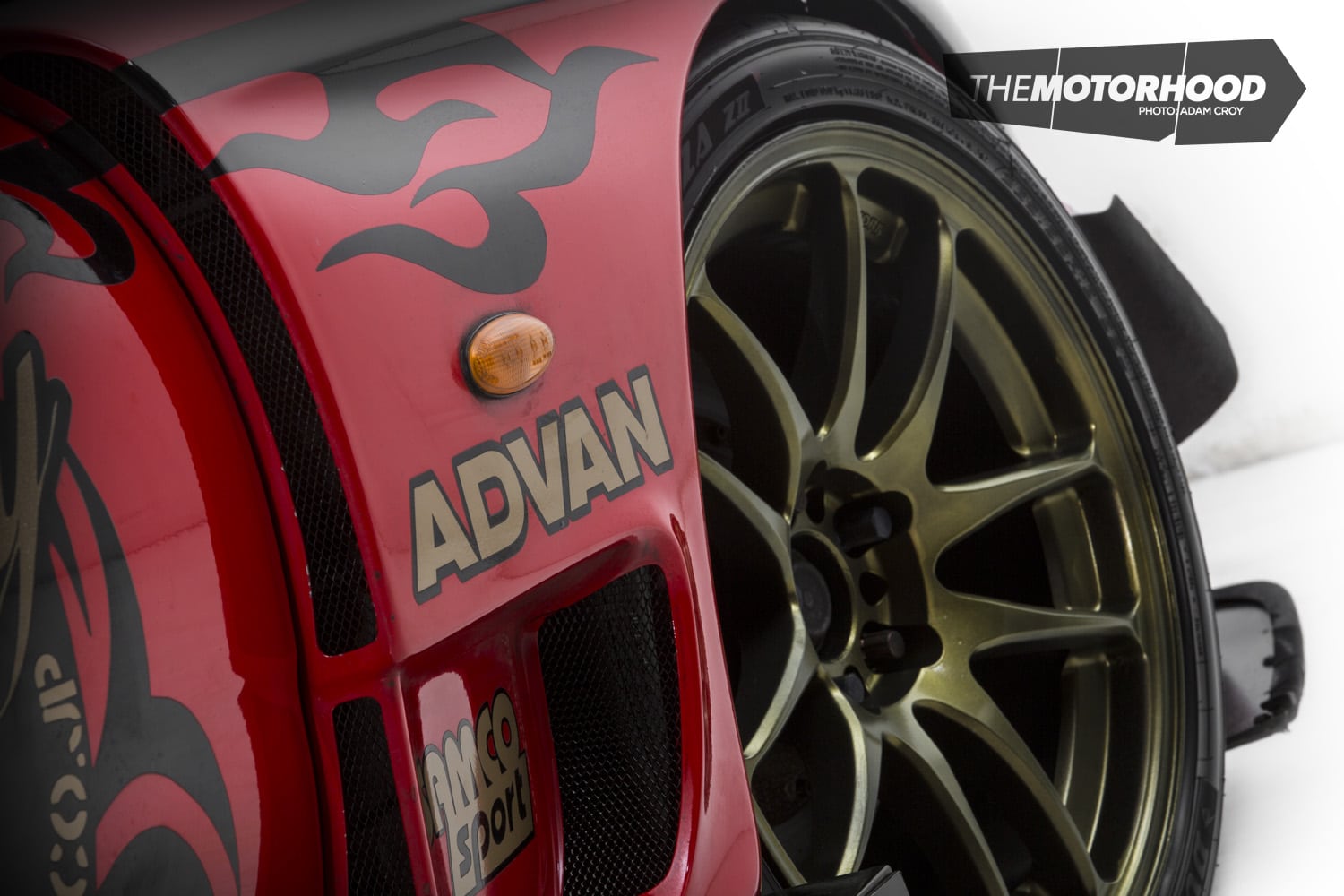
View fullsize

View fullsize
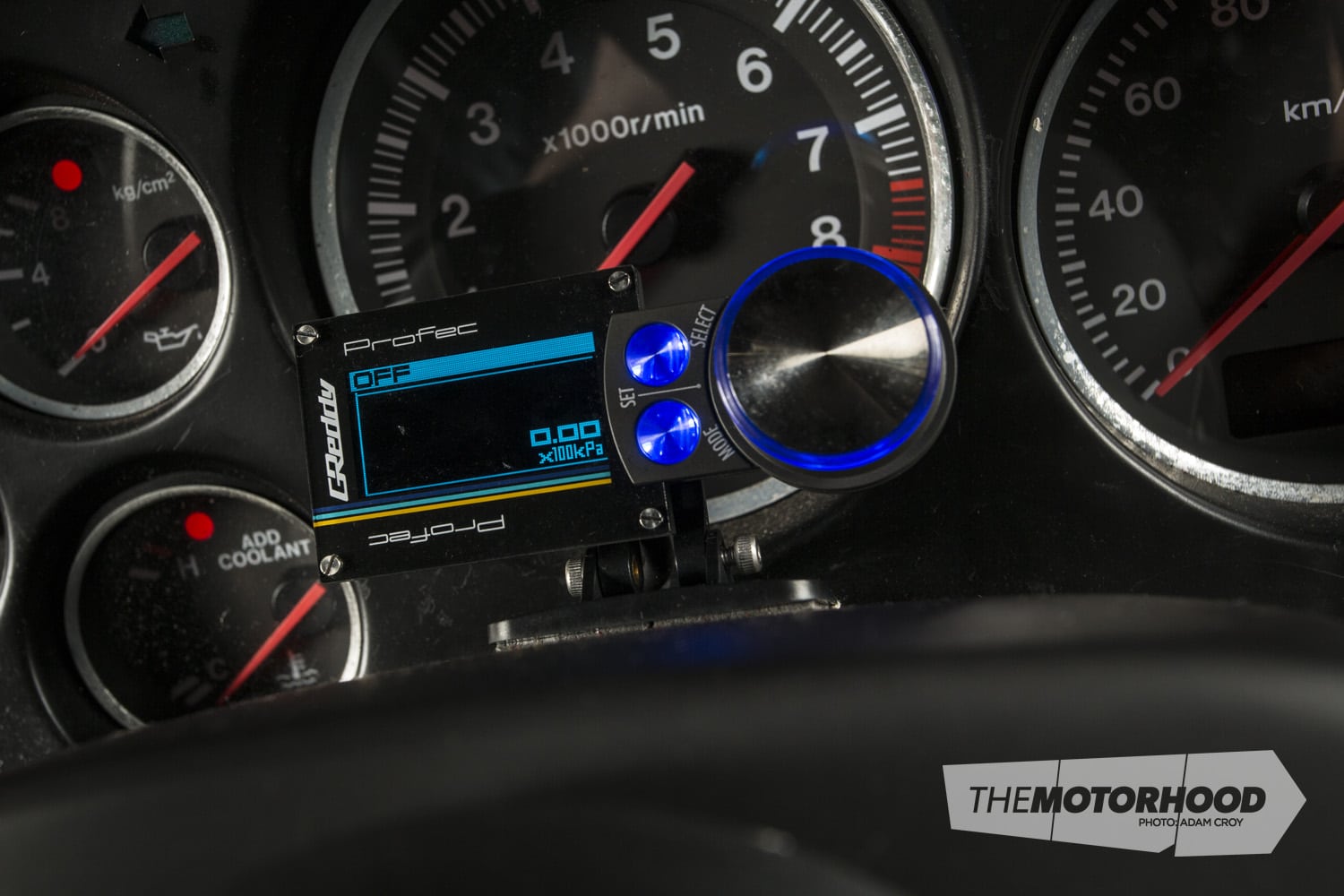
View fullsize

View fullsize
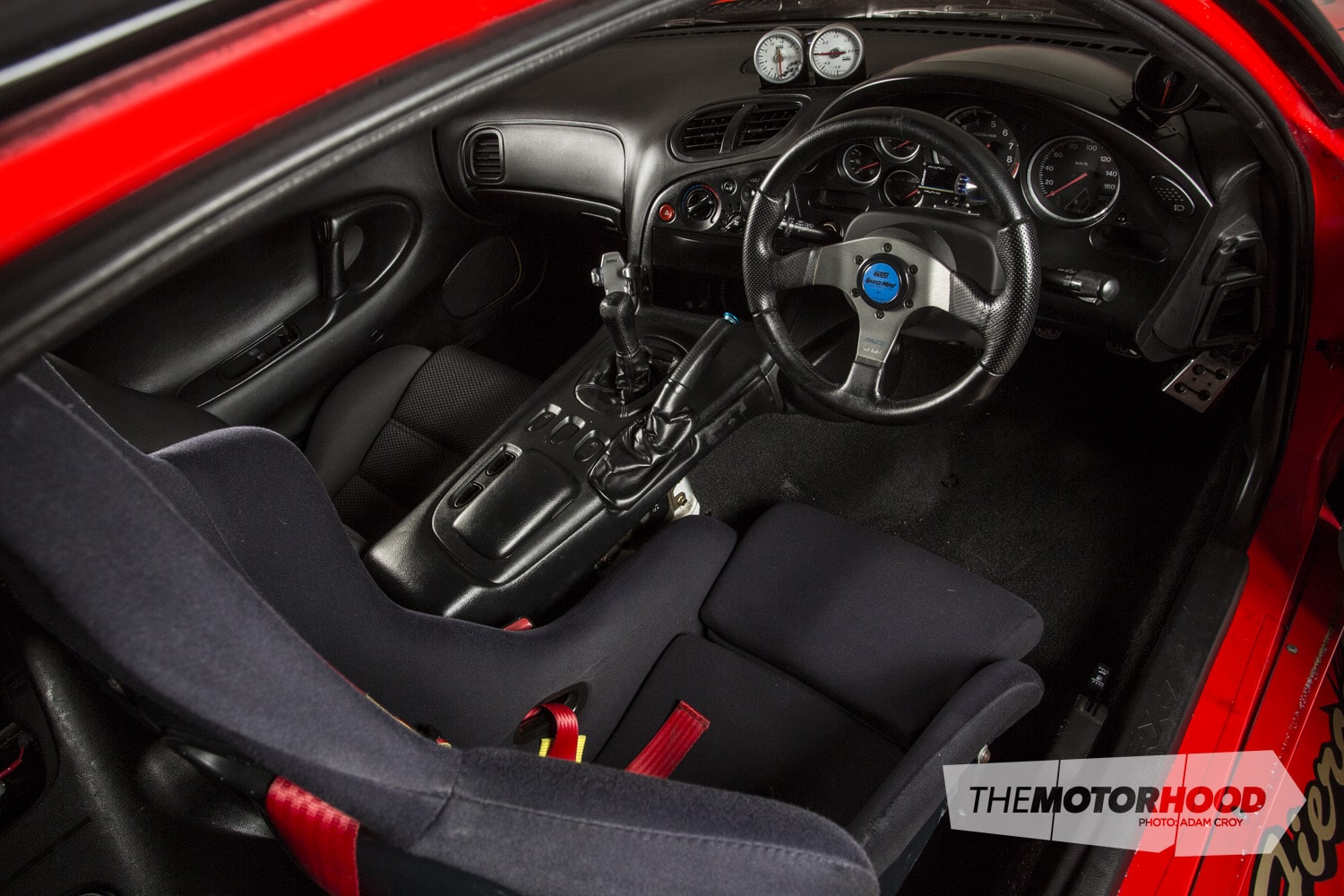
View fullsize

View fullsize
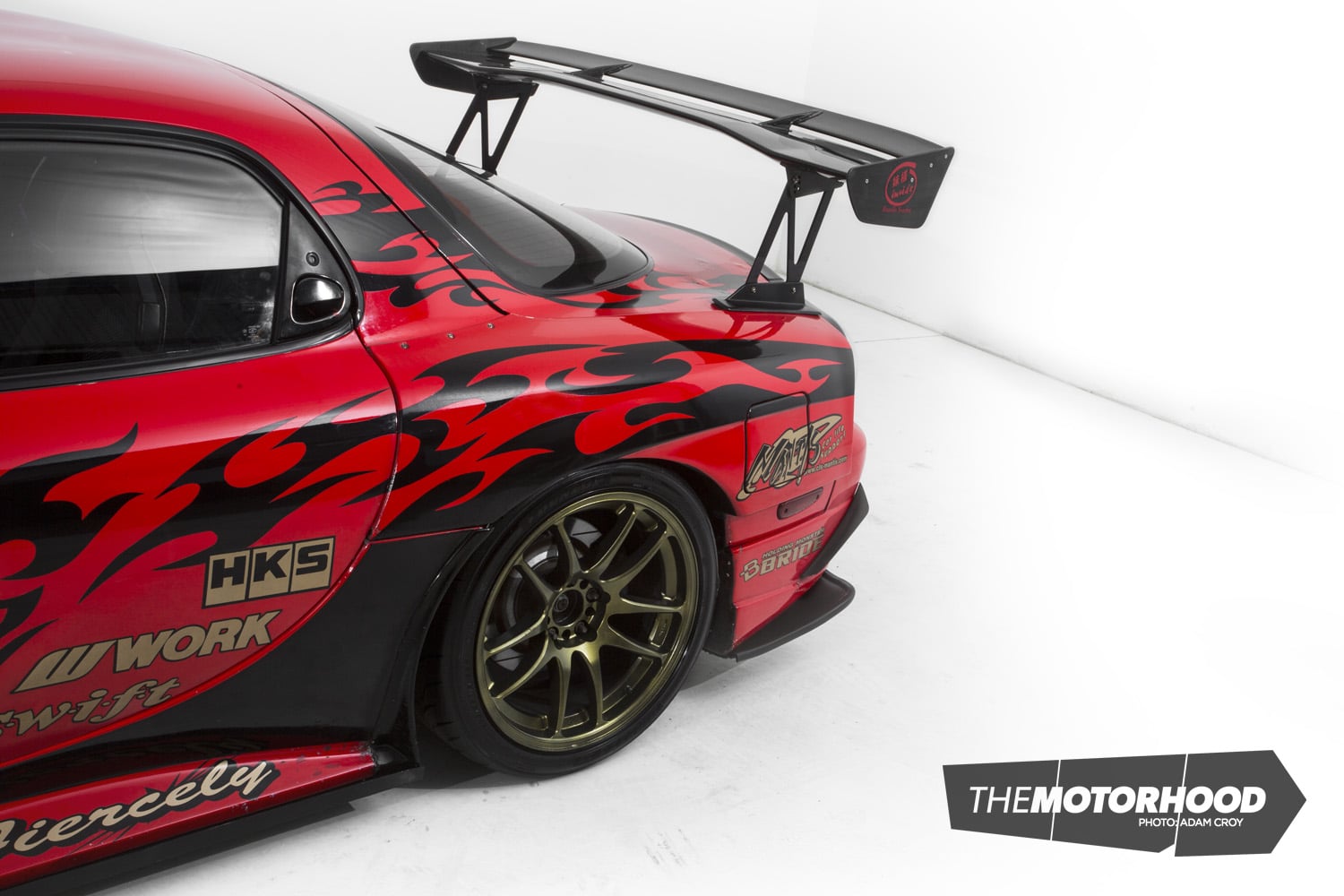
View fullsize

View fullsize

View fullsize

View fullsize

View fullsize

View fullsize

View fullsize

View fullsize
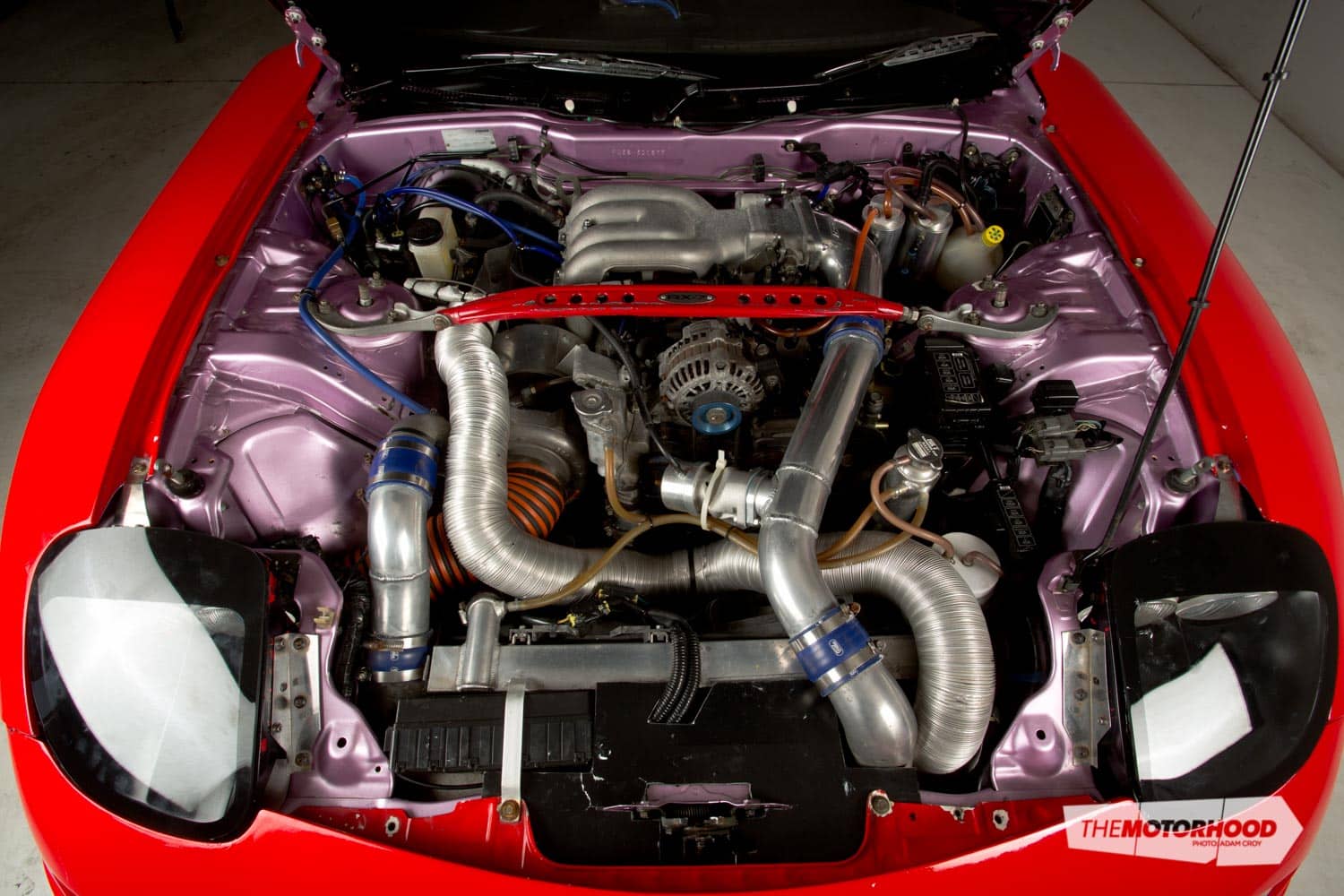
View fullsize
